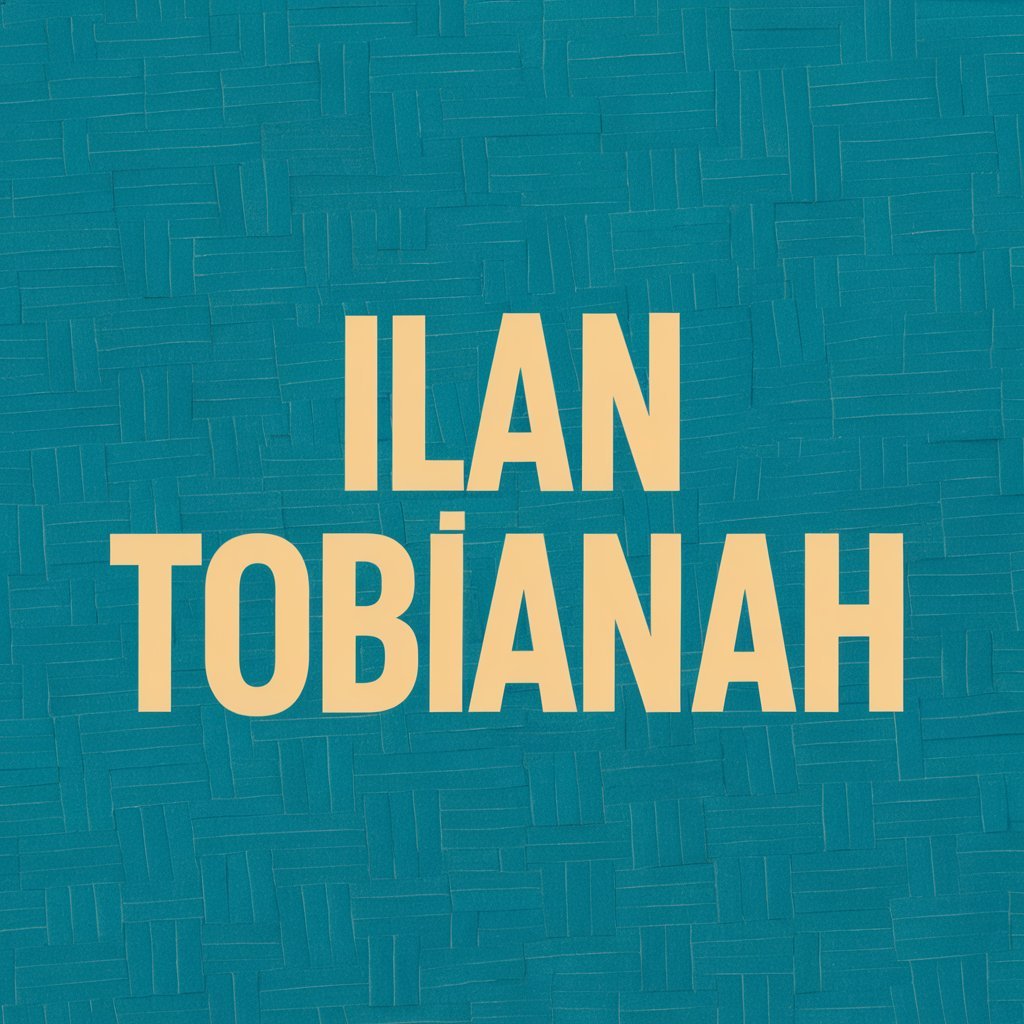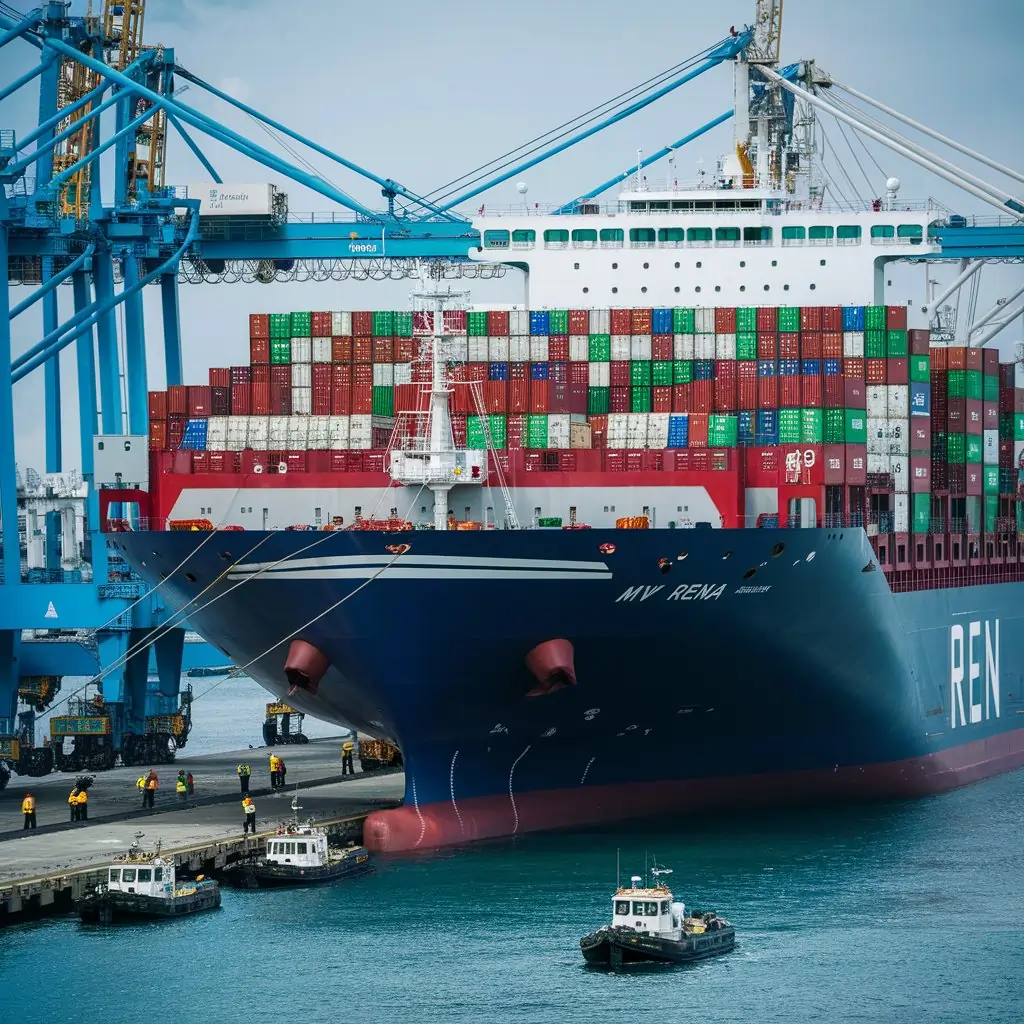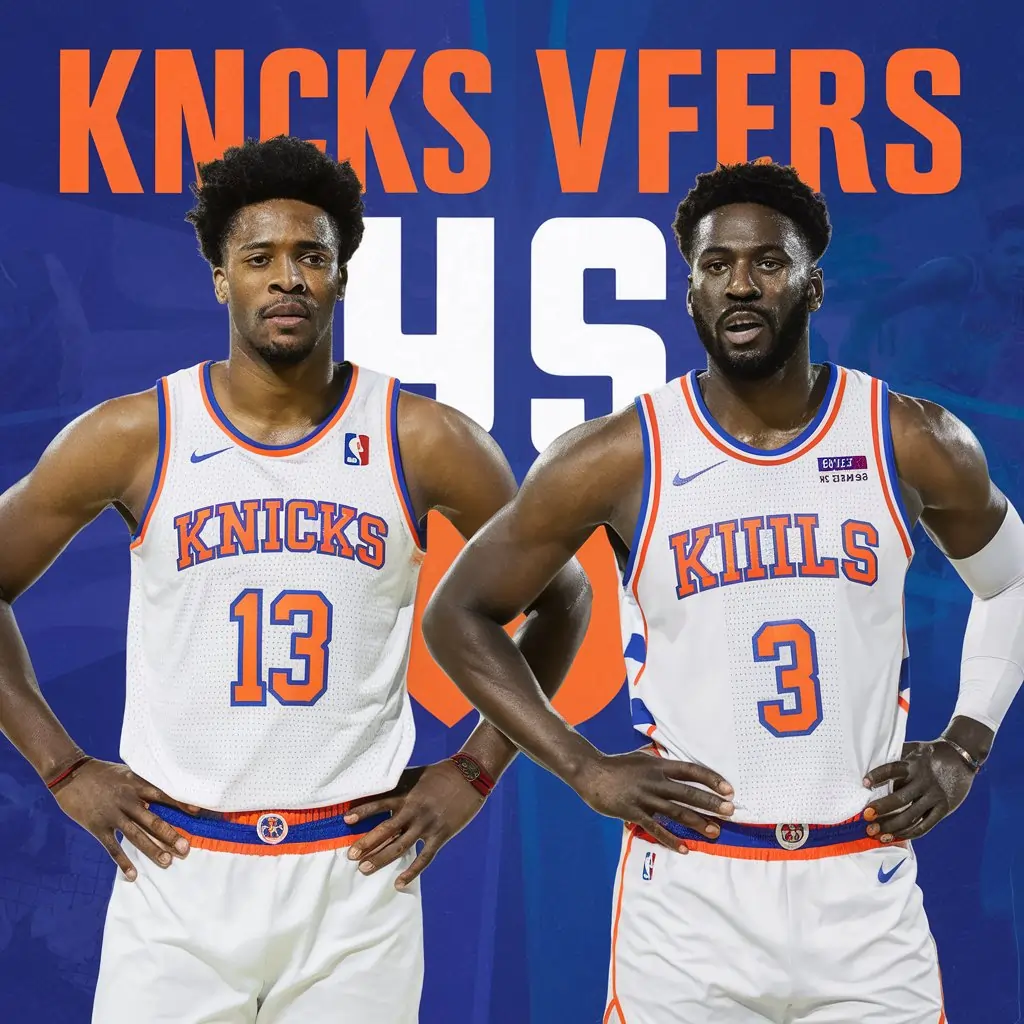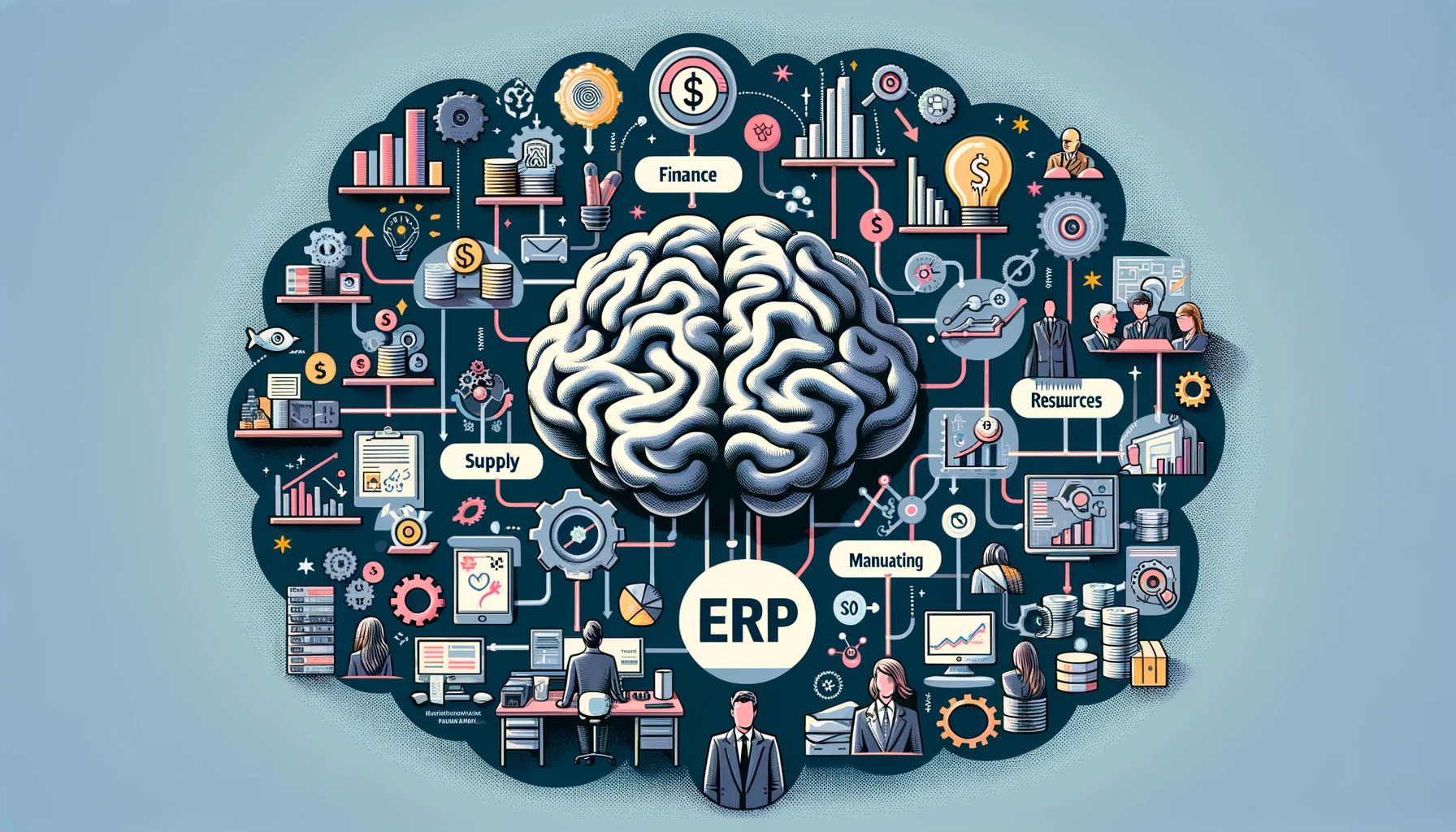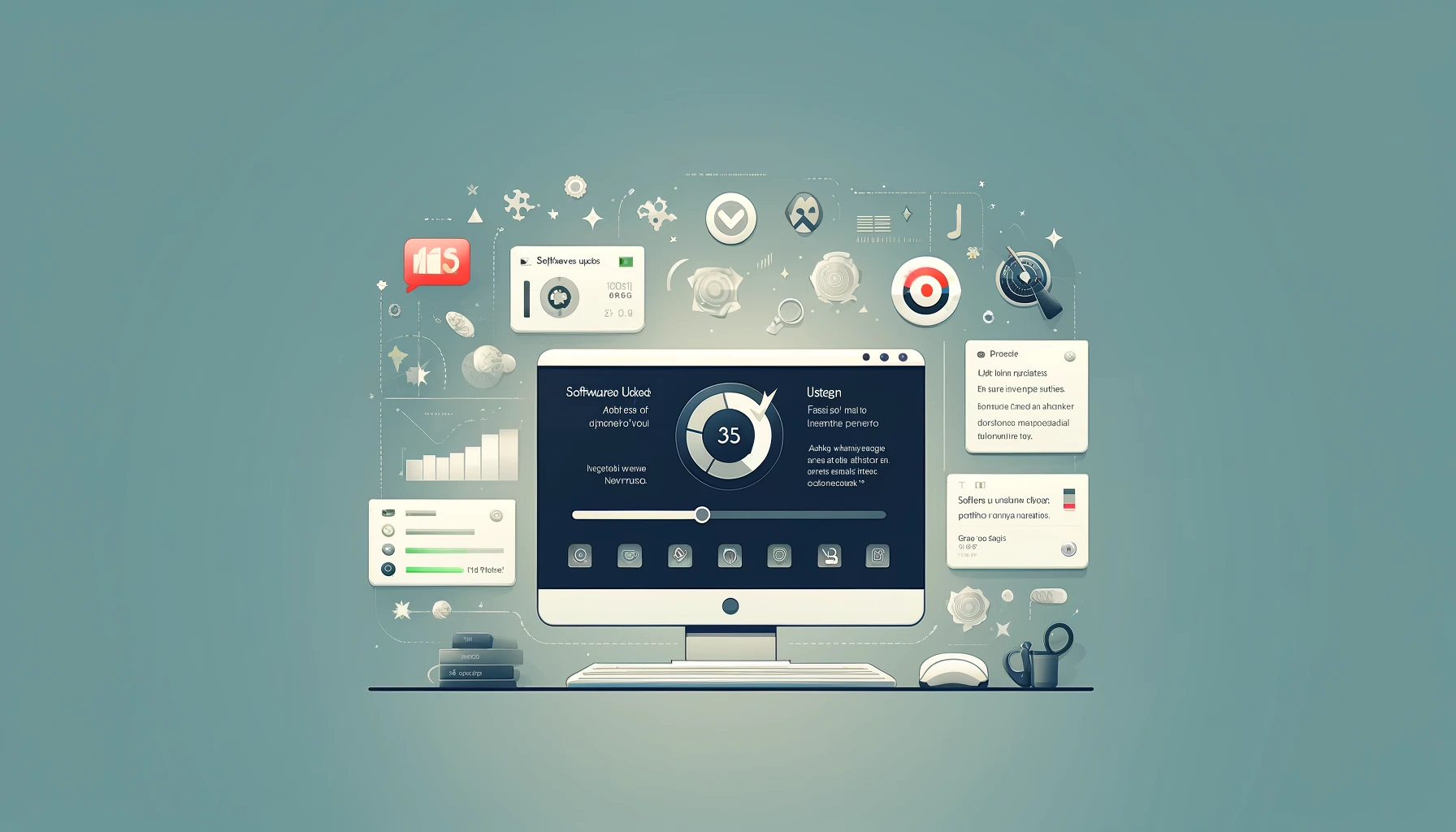What Elements of Your Software Application Needs Localization?
Imagine investing a lot of time and resources just to find out that a large portion of your target
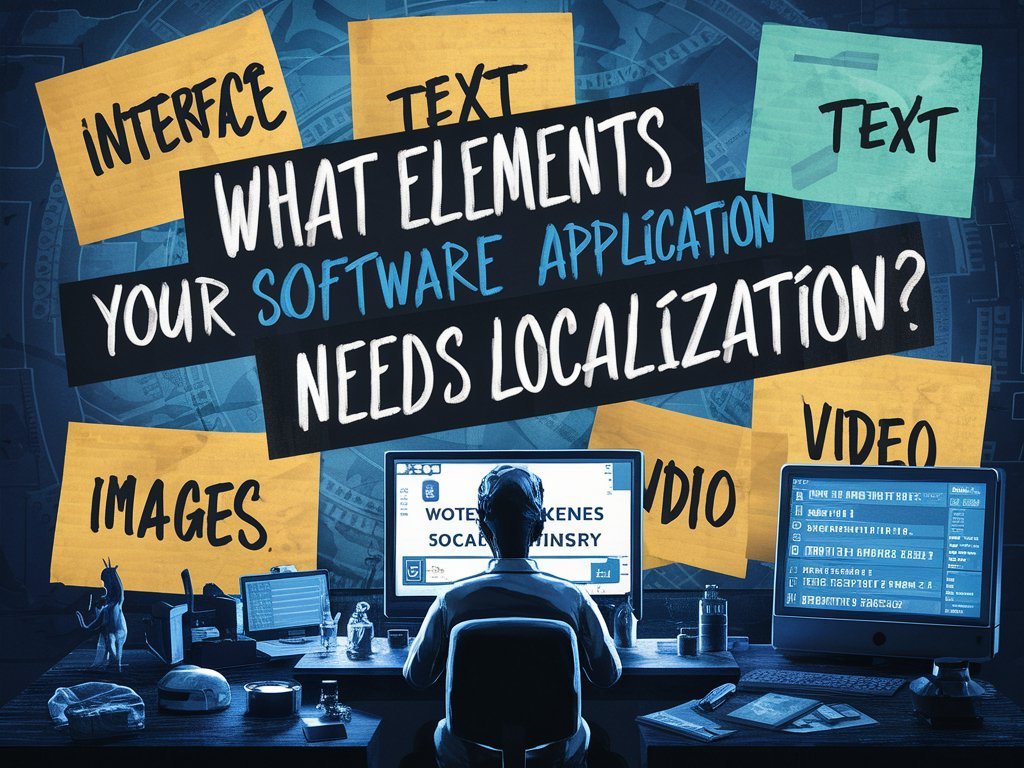
Imagine investing a lot of time and resources just to find out that a large portion of your target audience still cannot access your software application.
The frustration is real, as you cannot repeat the entire process just to make your application globally accessible. Language is a daunting barrier that restricts users from completely understanding and utilizing your software’s potential.
You need a reliable partner to adapt your software to different languages and cultures. This is where the expertise of an app localization service comes into the picture. But do you know what exactly needs to be localized? This blog explores different elements that need localization for a seamless transition.
User Interface and Design
The user interface is the first point of contact for your users. Every element of your user interface that interacts with users needs localization.
Menus:
In a software application, menus allow users to seamlessly navigate through different pages and sections of your application. During the app localization process, software developers often struggle to align menu sections and items to deliver a highly intuitive experience.
This leaves a bad impression, as global users have to struggle with confusing menus and items. Professional localization experts can significantly prepare localized menus while sustaining the same responsiveness of your design.
Widgets/Pop-ups:
Localization of widgets and pop-ups requires technical expertise that cannot be fully managed by individual translators. A minor mistake or mistranslation can disturb widget/pop-up functionality and badly impact the user experience. Additionally, pop-ups contain a specific message or CTA that needs to be translated into the native language of your target audience. It’s not just about translation, it includes text length and design that may vary from the source language to the target language.
Labels and Fields
An application may have multiple labels and text fields to showcase features and guide users throughout their journey. To deliver a highly immersive user experience, you need to translate these small aspects of your design as well.
Labels, on-screen text, and input fields often require more technical understanding for better results. A software localization agency can go the extra mile to sustain the same intent of your user interface and engage a wider audience. Professionally managing labels and text fields can overcome delays and enhance the user experience.
Content
Whatever we read or visualize while using a software application is content. It can be textual, videos, audio, or infographics that are displayed within the application. Localization of these content portions allows global users to interact and communicate with your software.
In-app Text:
It includes different text portions that are displayed on each page or segment of your software application. During the software localization process, your in-app text isn’t just translated but localized effectively to align with the cultural nuances of your target region. Professional localization experts use terminologies that relate to your brand message and ensure user-friendliness across different localized versions. Furthermore, accurate localization of in-app content boosts engagement and captures a global audience.
Marketing material:
Preparing a localized application design and interface is fine, but to capture a wider audience, you need to localize your marketing strategies as well.
Marketing localization starts with app descriptions, taglines, and metas to improve search ranking and engage a wider audience. Furthermore, marketing material includes videos, web content, landing pages, and blogs to improve your software’s visibility and engage a diverse audience.
For instance, you’re planning to target the Chinese audience. Your marketing material should be translated into the Chinese language to make it relevant to the audience for better engagement and conversions.
Dates, and Currencies
Dates, currencies, and measurement units are also used in software applications. Different e-commerce platforms and financial websites use these symbols and units to show prices and financial data.
Localization of dates and currencies has been a serious challenge for application developers. They lack understanding of different units and how to seamlessly integrate with your application. On the other hand, a qualified translation company can help you adapt the same formats, units, and currencies to local conventions.
Tutorial and User Documentation
Whenever a software application is launched, developers release some tutorials and user manuals to help users understand the functionality and interface of the application. The same goes for launching a localized application. Your development team will release documents and guides in their native language so that you cannot communicate with international users.
Technical document translation requires consistency in terminology and formatting for flawless localization. This is where you need software translators to prepare localized app documentation and user manuals so that your intended audience can access and understand them.
Final Words
Software applications have a widespread impact that can be hindered if they aren’t localized professionally.
Paying specific attention to detail in each element can significantly improve the user experience and allow a global audience to use your application. By addressing the above-mentioned elements, your localization efforts can ensure a highly intuitive experience for global users.
However, your technical expertise isn’t sufficient to take on these challenges. That’s why you should consider hiring software localization agencies to overcome the hassle of the localization process and enhance your user experience.

